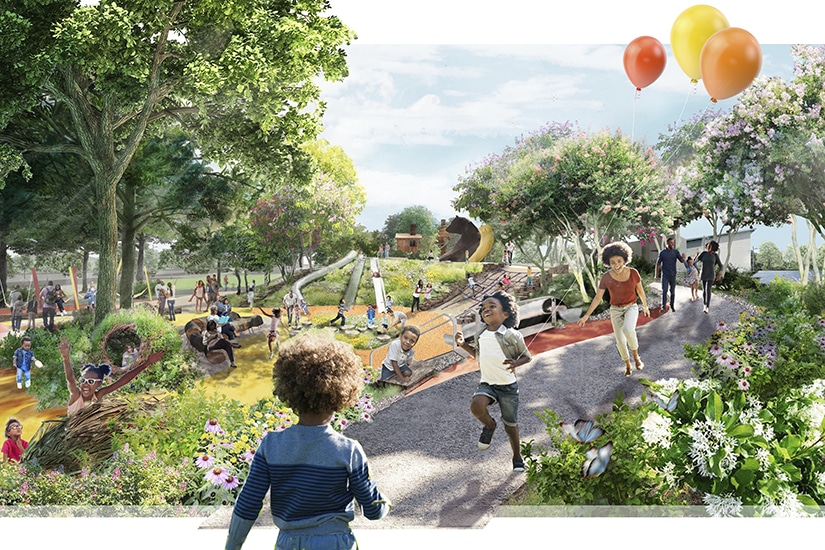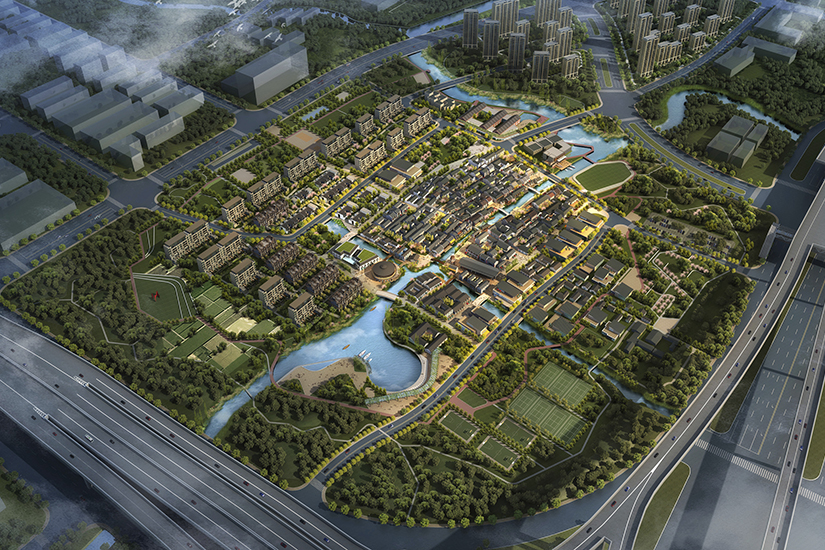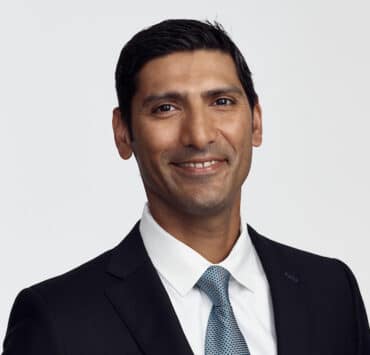|
Getting your Trinity Audio player ready...
|
As we emerge from the grasp of a pandemic and the fallout from a divisive presidential election, we now better understand the full impacts of the accelerated change that we have experienced over the past months, going on years. Amidst all of the “uncertainty” (one of biggest buzzwords of these times) one thing seems definite: businesses that cannot seize this moment as an opportunity to meaningfully evolve will not survive.

The road forward is not easy, but our industry must hasten our efforts to be more inclusive, equitable, and sustainable if we are to be positive stewards of a society in which we’re proud to raise children.
At Sasaki, the tumult of 2020 and 2021 fundamentally shifted our perspective on the global design and construction industry. Every one of the markets we serve experienced significant disruption: in the private sector, the commercial real estate market tried to sort out whether or not the demand to work and live in our cities would return to pre-pandemic levels—and how, in the public sector, our streets, parks, and plazas became the destinations for both safe, socially distanced gathering as well as essential spaces for civic expression.
In higher education, every institution experimented with its own mixtures of remote, in-person, and hybrid learning without any meaningful federal guidance, to mixed results. Every city across the globe experienced the effects of the pandemic differently, but a general consensus is that we must be much more responsive to geography, culture, and community than ever before. And that is a trend that I do not anticipate ever going away.
On the heels of the killings of Ahmaud Arbery, Breonna Taylor, and George Floyd, our design and building industry also came to terms with our collective—and long overdue—awakening to our role in prolonging systemic racism in the United States. These American events also prompted self-reflection on issues of race, violence, and power in countries around the globe.
The lessons we have learned by first understanding and then embracing justice, equity, diversity, and inclusion in our design practice has the potential to be transformative, both domestically and internationally. Here’s why: as planners, designers, and builders we claim authorship of the design and construction of places to be used by people of all race, color, creed, ethnicity, gender, sexual orientation, and gender expression; and yet, we as an industry remain stubbornly comprised of mostly heterosexual white cisgender men, like myself.

By maintaining a homogenous industry responsible for developing the places we inhabit, and polluting the earth’s resources to do so, our industry actively contributes to systemic racism, and it will take a conscious, coordinated effort to change that.
To design and build places that effectively function for everyone requires all kinds of people to lead the creation of our built environments. If we can meaningfully create more avenues for diverse voices reflective of actual demographics, we will benefit as a society in so many ways: workplaces will be more productive, streets will be safer, public squares will be more welcoming, and parks will be better able to serve people’s needs.
No one firm or facet of the industry will be able to move the needle alone. Design education remains stubbornly Western-centric, imparting ideals that have their roots in colonialism and imperialism: we create the built environment around a set of rules and patterns developed in one pocket of the world that are foreign (and often ill-suited) to many of those we are designing for today. What we have all learned and celebrated as “best practices” tend to be defined by a narrow set of paragons that do not always match the broad and diverse needs of many segments of a global, multicultural society.
We—Sasaki included—can and ought to be more rigorous about true inclusivity. Our firm seeks to diversify thought by attracting the best and brightest from the top design schools from around the world: 30 countries are represented in our Boston office, speaking 32 languages. We have an office in Shanghai and have been steadily growing our presence in Latin America. But we are nowhere as diverse as we could be, specifically when it comes to employees (and especially leadership) who are Black, Indigenous, and/or people of color.

Design as a professional service is a privileged exercise, rendering it inaccessible for many to enter as a career field, but also for many communities to afford to pay for as clients. To address both barriers of entry and ensure that design authored by and designed for more than the wealthiest and most powerful, requires some creative, tactical solutions.
We recently amplified the efforts of our nonprofit arm, the Sasaki Foundation, to take on some of these important challenges. The foundation now offers paid internships to high school students from underrepresented communities to help encourage them to consider design as a future career choice. Exposure to the industry, coupled with support and encouragement, can inspire youths who otherwise might never have known design careers were an option, or felt it wasn’t an option for them, to begin to see a path. In turn, the talent pipeline can expand.
If more private companies, nonprofit organizations, and institutions can partner on these sorts of initiatives, we can meaningfully expand the talent pipeline to include people of many more backgrounds than we see represented in our industry today.
The Sasaki Foundation also provides a design grant program, which offers $15,000 to community organizations to kick-start their efforts around creative community building, affordable housing, mobility choice, and climate change adaptation. In addition to financial assistance, grantees are awarded space in Sasaki’s Incubator, a coworking space where they have access to Sasaki’s design staff, tools, and expertise to help advance their work. The idea is that “the power of design belongs to everyone.”
Grantees in the program have designed live/work spaces for young women of color to receive training and job placement services in the booming tech sector; shelter for people experiencing homelessness; and an online interactive platform to inform strategies by policymakers, activist scholars, and residents to confront community displacement.

The lessons we are learning with and from our foundation are just the tip of a growing iceberg of consciousness. We are conscious of our global footprint at Sasaki and increasingly scrutinize the manner in which we go about our work.
We recognize that the historic model of design is one in which the architect is hired to bring their expertise to “teach” their clients what good design looks like. We have seen this model replicated all around the world, with star architects being hired to bring their iconic designs to new locations, often regardless of context. The prestige connected to hiring a foreign design firm can sometimes eclipse the desire to reflect the needs of a community, and buildings are designed more as objects than responsive elements of the urban fabric that can adapt and change over time.
Our founder, Hideo Sasaki, understood that our planet is fundamentally a canvas full of landscapes upon which buildings sit; and therefore, the land and the built environment must always be considered in unison. As we have practiced design over the past 65-plus years, we have also emphasized the importance of human interactions with the landscape and built environment. Without people, our buildings, spaces, parks, and streets do not have life. How then, if we are designing for the most important aspect of all—life—can we ignore the need to be more inclusive in our thinking, so that all people can see their values reflected in the places they inhabit?
Putting new measures to work has helped us begin to address some of the challenges we seek to overcome at Sasaki, but we call on others in the design and construction industry to join us in growing this effort, adding their own experiences and approaches to make the world a better, more inclusive place. The past couple of years have served as wake-up calls, and now that we’re alert and focused, 2022 brings with it great hope and optimism. This is our chance to seize upon the collective energy that will allow us all to be the change we all want to see and have, in our power, to create.
Learn more about how to be more inclusive in your design practices, as told by James Miner.


